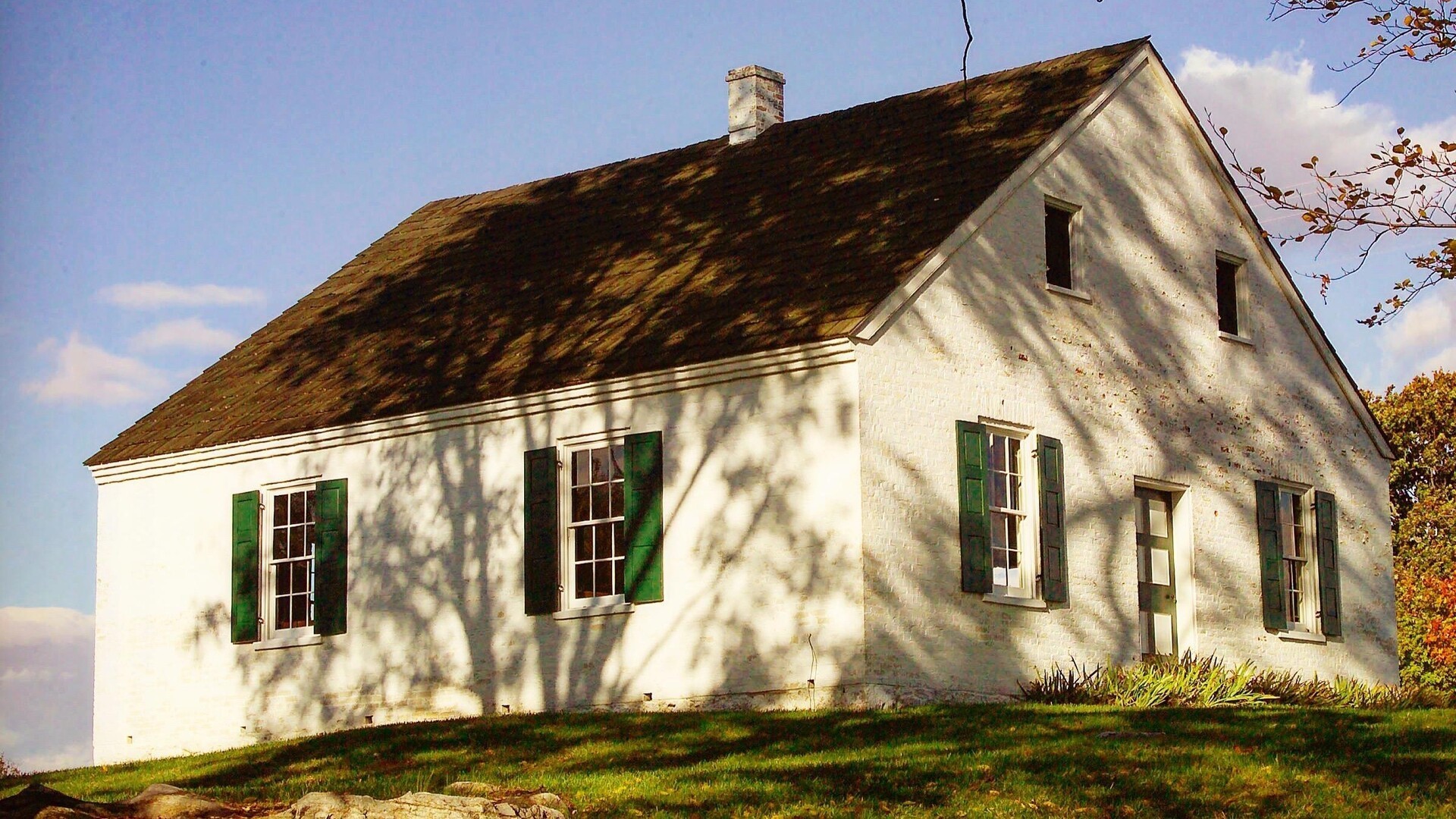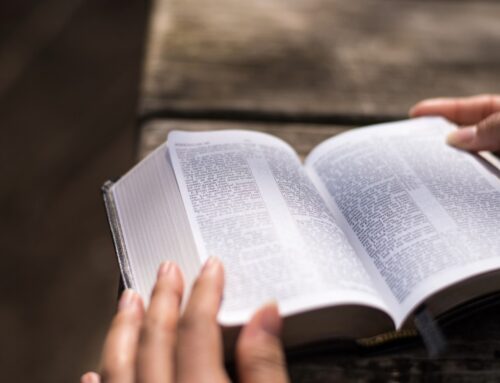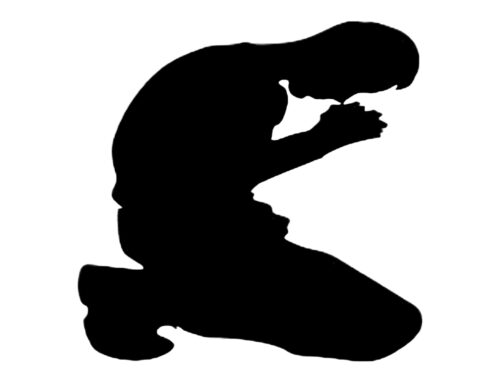The bloodiest conflict of the Civil War occurred 161 years ago yesterday. On September 17, 1862, the battle of Antietam resulted in nearly 23,000 casualties with over 3,600 deaths.
Most Brethren know of the little Dunker Church sitting on the battlefield. This building became a rallying point as well as a field hospital where surgeries were performed on the Elders’ Table.
On that late summer day, both blue and grey soldiers were killed or wounded at the rate of one per second. It is truly ironic that this house of worship for non-resistant Brethren found itself smack dab in the middle of what is still the deadliest day in US military history.
 That meetinghouse has since collapsed and been rebuilt, but what many do not know is the story of its Bible.
That meetinghouse has since collapsed and been rebuilt, but what many do not know is the story of its Bible.
Corporal Nathan Dykeman of the 107th New York Infantry visited the building eleven days after the fighting and stole the Bible as a souvenir. His friend carried it to Dykeman’s home in Millport, NY where it remained for 41 years.
After participating in a victory parade in Washington DC three years later, Dykeman was struck by a train and killed. The Bible remained at his home apparently stashed away and forgotten.
In 1903 Dykeman’s sister found the Bible and brought it to a Civil War reunion requesting it be returned. The veterans were happy to do so but didn’t know how. Someone remembered, however, that a Dunker lived nearby that might help make this happen.
John Lewis was a black man who had worked for Mark Twain’s family and had saved the lives of Twain’s sister-in-law, niece, and friend by risking his own life to stop their runaway horse and carriage. Years earlier, Lewis had been baptized into the German Baptist Brethren at Westminster, MD and then moved north.
 After being photographed with the Bible, Lewis shipped it to Elder John Otto, and the leather-bound Scriptures arrived home in December of 1903 for the Christmas celebration. The Bible is displayed at the battlefield visitor center and is often used for the annual commemorative worship service held at the church.
After being photographed with the Bible, Lewis shipped it to Elder John Otto, and the leather-bound Scriptures arrived home in December of 1903 for the Christmas celebration. The Bible is displayed at the battlefield visitor center and is often used for the annual commemorative worship service held at the church.
Before Lewis died, he penned his own obituary, a portion of which reads, “…I recognize none as true Christians who refuse to teach the whole Gospel.” How many he would so recognize today?
The incredible story of this Bible’s theft and return is a prime illustration that it’s never too late to right a wrong. If you have stolen something or hurt another and you can either return it or make restitution, do so. In this case, it was the man’s sister who was convicted and then acted.
As we remember this historic battle, may the return of this Bible remind all who follow Jesus to do the right thing even if it’s difficult or costly.
(I am indebted to Alan Schmidt and Terry Barkley for their research on this as recorded in their book, September Mourn, available on Amazon.)
George Bowers – CBC Executive Board member




